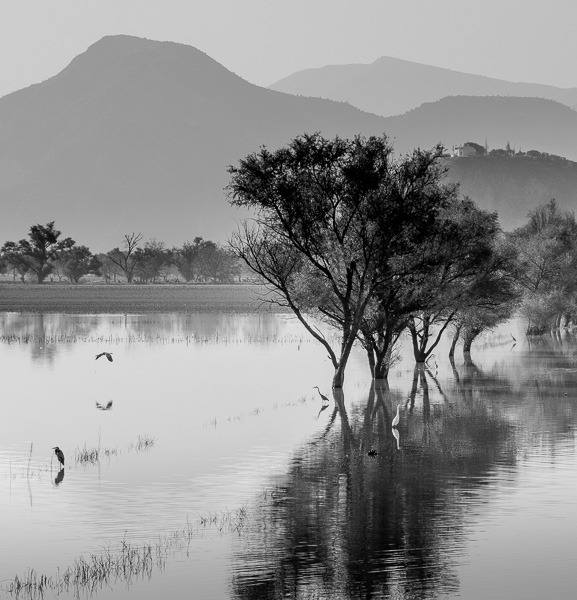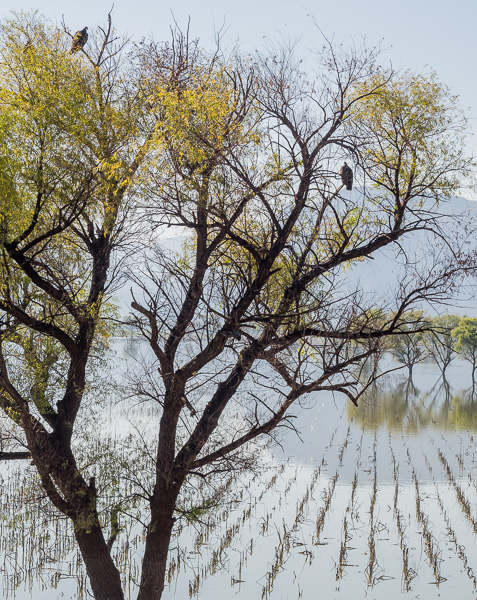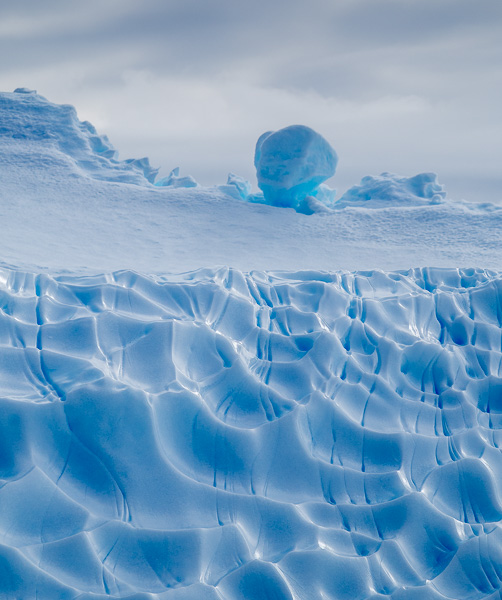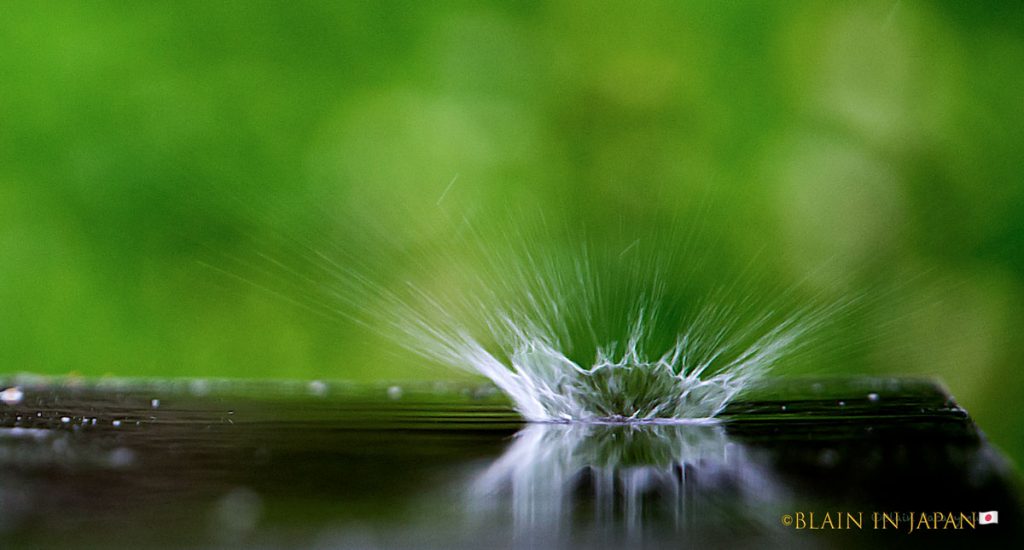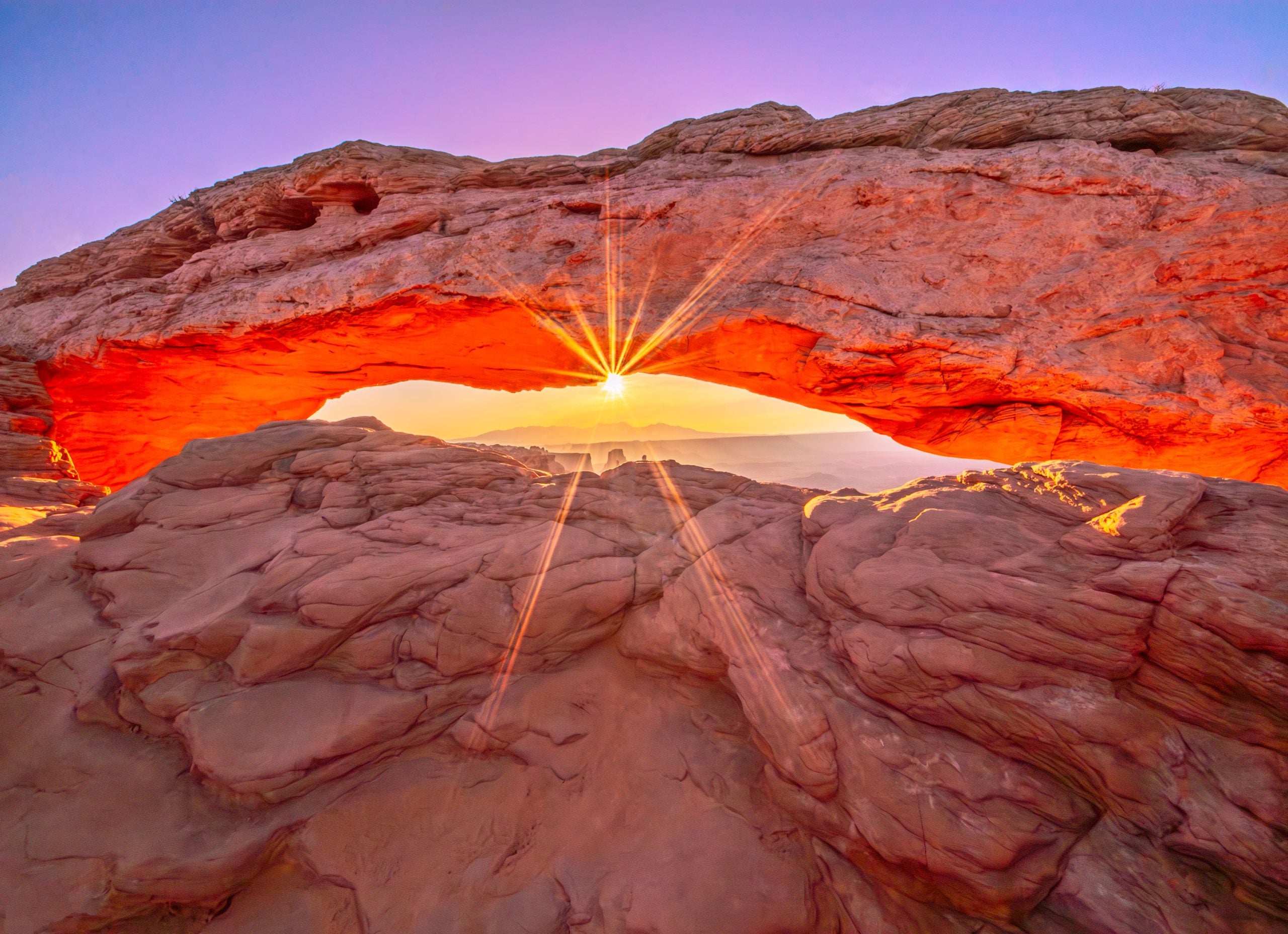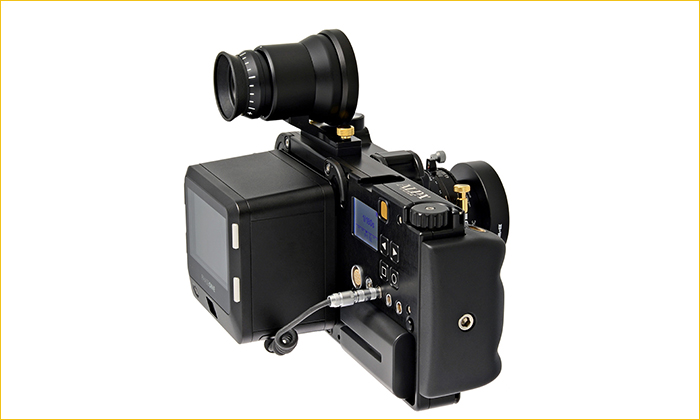
ALPA FPS with lens, right hand grip, MF back and auxiliary viewfinder
A Second Look
Often times photography educators, reviewers and photographers (present company included) get very excited about a new camera. They test it and/or purchase it. They write about it and spread the word about the new device. They use it for a while and when the next interesting camera comes out they move on. It is rare indeed (for me anyway) to come across a product that is special enough to warrant a second article. TheALPA FPSis such a product.
Does Any Camera Endure The Test Of Time?
In the old days of film I used to joke that all of us Large Format View Camera users were View Camera addicts. In fact, multiple addicts because the addiction had multiple facets:
– First and foremost film size. In photography, size does matter. Assuming a specific ISO the use of top quality lenses and good technique with a properly aligned and calibrated camera, a larger piece of film delivers better image quality. Therefore, large format film users were addicted to large film.
With digital photography things are a bit more complicated because of the many types of sensors available, but in general, given the same pixel count and similar technology sensors, a larger sensor will deliver better image quality.
There are a number of reasons for this, but one of the main ones is noise. This is because photonics noise which is the main component of noise in all sensors, increases as the square root of the signal. To use easy numbers as an example, if a sensor element (sensel) captures 4 photons, the square root of 4 is 2. Therefore, this sensel will deliver a signal to noise ratio of 2:1. On the other hand, if the sensel was bigger and could capture, say 100 photons, the square root of 100 is 10 and this sensel would deliver a much better signal to noise ratio of 10:1. A higher signal to noise ratio results in higher resolution of detail and tonal gradations because less information ends up being lost inside the noise. Therefore, a larger sensor with equal number of pixels as a smaller sensor, but bigger sensels, delivers better image quality.
This means that all other things being equal, MF backs should have an inherent advantage over smaller sensors. But all other things are not equal. This is because MF backs use CCD technology while the vast majority of smaller cameras use CMOS technology. Since CMOS technology tends to perform better than CCD technology at high ISO settings, the MF image quality superiority is much more readily apparent at low ISO settings. This is why I almost always shoot MF at the native ISO setting.
– The second addiction was to the work flow itself: Contemplative, determined, slow and precise. There were many other less tangible addictions such as that gorgeous upside down and left right reversed image on the ground glass, the isolation from everything except the image by being under a focusing cloth, the fact that once you have worked with a camera that has full camera movements (tilt, shift, rise and fall) it is almost impossible to go back to a camera where the back and the lens are both fixed, and so on.
– But, and this is what is important for this article, there was a great addiction to the equipment itself.
The variety of available equipment was extraordinary. One could purchase cameras made out of all kinds of materials such as steel, aluminum, brass, titanium, plastic, common woods, exotic woods and even carbon fiber. There was a huge variety of cameras available, each one with its own strengths, weaknesses and quirks. There were monorails, expanding monorails, folding monorails, twin rails, foldable cameras, non-foldable cameras, studio only and field only cameras as well as hybrids of all sorts and sizes. Even though there are not nearly as many View Cameras available today, one can still find quite a variety of new bodies as well as a huge variety of used ones.
Each camera had a different set of movements. Some on the optical path, some on the base, some yaw free, some asymmetric and on and on. Some companies would even customize cameras with specific movements, specific odd film sizes and specific hardware per the customer specifications. Add to that all the different sizes from Medium Format to 4×5, 5×7, 8×10, 11×14, 12×17, 12×20, 16×20, 20×24 and other custom sizes and many options that got down to even things like the color and the type of material used for the bellows and you can easily see that you had a huge number of choices to determine and configure a camera for your own preferences and style. Oh, what fun!
The price of these cameras varied from about $100 US dollars for a do it yourself kit, all the way to many tens of thousands of dollars for ultra sophisticated studio machines or some of the really large cameras.
Why am I telling you all this?
Because when I started to think about writing a follow on article about theALPA FPSI almost automatically started to reminisce about the number of view cameras and technical cameras I have owned and it is downright scary!
Just off the top of my head, I have owned cameras made by Arca Swiss, Cambo, Calumet, Canham, Deardorff, Sinar, Silvestri, Linhof, Wisner, Tachihara, Wista, Ebony, Philips, Carbon Infinity, Gandolfi, Horseman and Toyo just to name the ones that easily come to mind. In many cases I owned 2 or more cameras from the same manufacturer at the same time (different sizes or different types).
The question is, did I keep any of them? Did any of them endure the test of use and the test of time? The answer is yes, but very few. It is probably not an exaggeration to say that between myself and my close view camera addict friends we owned hundreds of different view and technical cameras over a period of 2 – 3 decades. Out of this large number, there were only two 4×5 inch cameras that endured: The Linhof Master Technika and the Ebony SV45U2 (I purchased one made out of Ebony and Titanium customized to my specifications). Not only did I keep these cameras for as long as I shot with film, I actually could not bear the thought of parting with them when I stopped using film and I still own them.
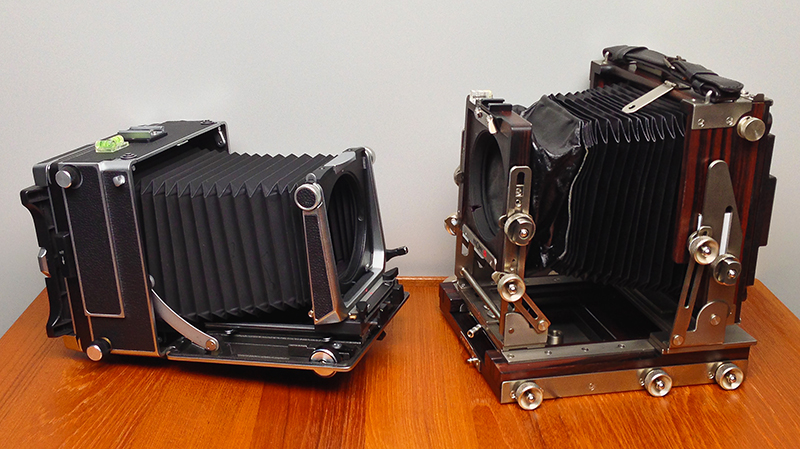
The Two Magnificent 4×5’s
Linhof Master Technika (left), Ebony SV45U2 (right)
I believe that the reason the above cameras have endured the test of time and become so cherished by me is that they were breakthrough instruments in their time, they are exceptional tools, they are literally works of art and craft in terms of design and quality of construction and they simply hit the nail in the head when it comes to flexibility, resistance to obsolescence, ergonomics and work flow. They have allowed me to do things no other camera allowed me to do and they have allowed me to do it in a massively enjoyable way.
Although I cannot predict the future, I believe that the ALPA FPS is a camera that will endure and become one I will probably always keep.

ALPA FPS front and back
Note that the display and all the controls and connectors are in a tight cluster on the back. Also note the square gold shutter release button.
Second Impressions
I will not bore you with the description and initial impressions of the ALPA FPS all over again. You can find a full description of the camera, my first impressions and a short video in myprevious articleon this site.
Instead, I would like to share my impressions after using the camera for a number of months based on my notes while using it:
1. I dislike cameras that have a display on top. I cannot even begin to count how many times I have had a camera on a tripod just high enough that I cannot see the display on the top. The problem is that in most cameras the top display shows functions and settings that the display in the rear does not show and often times those are precisely the functions or settings I am looking for.
Few things are as frustrating as having to rotate the camera, lose the composition and then re-compose (sometimes losing the shot), or have to look for a stool or a ladder when the camera cannot be moved because it would affect the setting in question or end up fumbling with a mirror reading numbers and letters left/right reversed when a stool or a ladder are not available.
With the ALPA FPS the only display is in the back, and luckily the displays on current MF digital backs are also in the back so the top display issue is non-existent.
2. All the controls are also in the back of the ALPA FPS. Even the top right knurled dial protrudes towards the back and it is highly visible and operable from the back. No more need to fumble on top of the camera or in front of the camera to find a knob or a dial. Wonderful!
The operational improvement is huge versus any other still camera I have ever used, regardless of format or size. One cannot appreciate how significant this is until one has used a camera with no controls anywhere except in the back. It is hard to emphasize enough what a big difference this makes in the field under real world shooting conditions.
(Note: The only exception to having all the controls in the rear is the aperture ring built into mechanical lenses which is unavoidably part of the lens in front of the camera. Although the same holds true for the shutter release on mechanical leaf shutter lenses (which is also part of the lens), I never use it. After many tests I am convinced that the electronic shutter in the FPS produces equal or sharper images versus using even the smallest in-lens leaf shutters. Since the electronic shutter in the FPS is more accurate than a mechanical shutter and has a much larger range of speeds. I see no reason to use leaf shutters for my type of photography).
3. All the controls are located in a tight cluster as opposed to scattered all over the camera. Again, this is a very significant operational improvement under real world shooting conditions.
4. One of my pet peeves with most cameras is that they are shaped like a rectangular pancake with a lens in front. This is a throwback to the days when one needed to transport film from one side to the other behind the lens. This is no longer necessary in a digital camera. Therefore, the basic shape of most still cameras today makes little sense from an ergonomic point of view. One of the biggest problems is that they tend to be very front heavy. I find this extremely uncomfortable for handheld shooting as well as for moving the camera on and off the tripod.
Although the ALPA FPS body is also shaped like a flat pancake, the difference is that once a digital back is mounted on the back of the body and a lens is mounted on the front, the camera seems to balance almost ideally in the center. I am certain one can find some exotic or unusual lens that will tilt the balance, but with most lenses and with current digital backs the camera balances very well.
5. The position of the grip and the material of the grip plus the rubbery material in the front of the body gives a positive and safe grip. Finally, the provision for tripod screws or tripod plates on the bottom and the sides makes switching from horizontal to vertical a snap. ALPA will also be introducing a grip adapter for the left side so the camera can be held with two grips, one for each hand (see picture below).
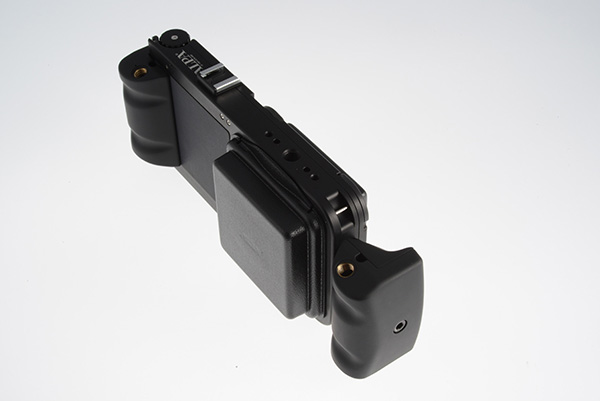
ALPA FPS body with right and left hand grips
6. Over the years I have had periodic bouts of envy and jealousy of professional video shooters. The reason is that for many years they have had equipment that is better designed and built versus still photography equipment: Terrific tripods and heads, cameras that balance very well front to back and one can rest on the shoulder, eye-cups that actually block all external light (what a concept!), finders for left and right eyed people, screens that do not end up against your cheek or your nose, etc.
I have always envied the video guys with their record and stop button in a vertical position for the thumb on the back side of the camera. This is because the release buttons on the top of still cameras, tend to produce more shake (right at the time of exposure) and because I have not found one yet that is ergonomically correct. You usually have to curl your finger much tighter than is ergonomically correct (compare the finger position in a camera to the correct finger bend which is what is used for the trigger when shooting a gun or a rifle).
When I started to use the FPS I wrote: “Hurrah, the (square gold) shutter release button is designed to be released by the thumb in the back of the camera body”. It is in a much better position to reduce movement and vibration versus conventional shutter release buttons . The more I use it the more I like it.
7. This probably means little to readers that have never used a technical camera or a view camera, but when using these cameras on a tripod one has to use a cable release. The ALPA FPS is the first field technical camera I have used that has an electronic self timer (I am not aware of any other technical camera body with a built in electronic self timer). For anything that does not require split second accuracy for the exposure there is no longer a need for a cable release. This is a great feature for landscape, architecture, still life and studio photographers.
The FPS also connects directly to the digital back via a single wire with an appropriate connector so there is no need to connect to the flash PC terminal in the lens. This is excellent as PC terminals are notoriously unreliable.
Based on the above 7 items I wrote in my notes:
“I am finding the FPS to be the most natural and the most ergonomic still photography camera I have ever used”.
That is high praise indeed, and I would like to caution the reader that these words come from a “recovering View Camera addict” that prefers to shoot Medium Format landscapes in a slow deliberate way. I am sure that some people will not like this camera because it does not match their shooting style. This is usually the case when there is a mismatch between a requirement and the tool needed to satisfy that requirement.
What I can state without hesitation is that for those that want to achieve maximum image quality with an MF back and shoot using a style compatible with a technical camera I can think of no better instrument available today than the ALPA FPS.
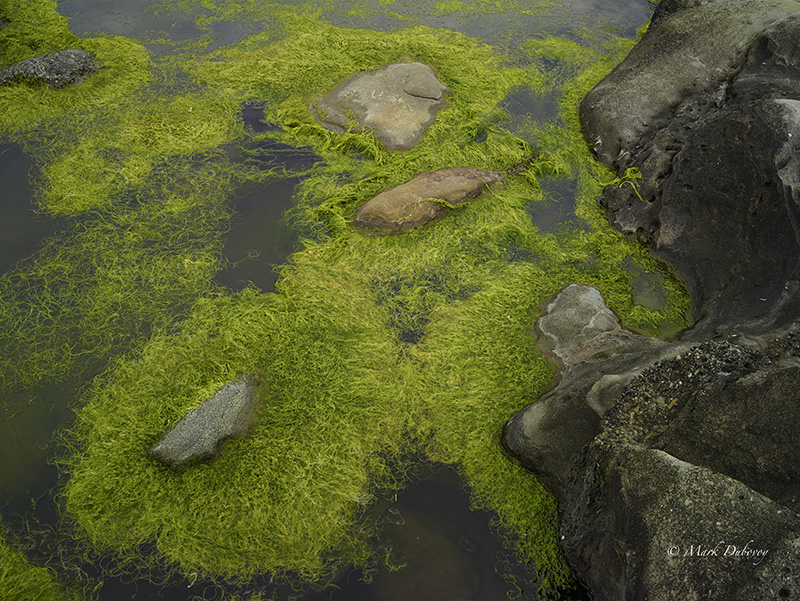
Tide Pools # 1
ALPA FPS with Rodenstock 50 mm HR Digaron and PhaseOne IQ 180 back
One camera,one lens, one location
One of my favorite things to do to test cameras is to go out on a shoot with a single camera body, a single lens mounted on that body and a single location. This exercise also serves to test and reset my skills and to refocus my style. Sometimes the equipment becomes a hindrance and a distraction. Using a single lens at a single location presents all kinds of interesting opportunities and challenges.
I did that recently with the ALPA FPS and the new 50 mm Rodenstock HR Digaron lens (an outstanding lens by the way). I used a PhaseOne IQ 180 back to capture the images. The location was a group of tide pools off of Highway 1 in Northern California. I spent about 3 hours at this location.
By the end of the shoot I realized that I had been totally focused on the subject and completely forgotten the equipment. The equipment felt so natural that it was simply a part of my mind’s eye and an extension of my hands. Everything flowed smoothly without problems or frustrations. More importantly, when I reviewed the images on my computer monitor it was obvious that I had captured the images exactly as I wanted them.
This is a true testimony to a great camera.
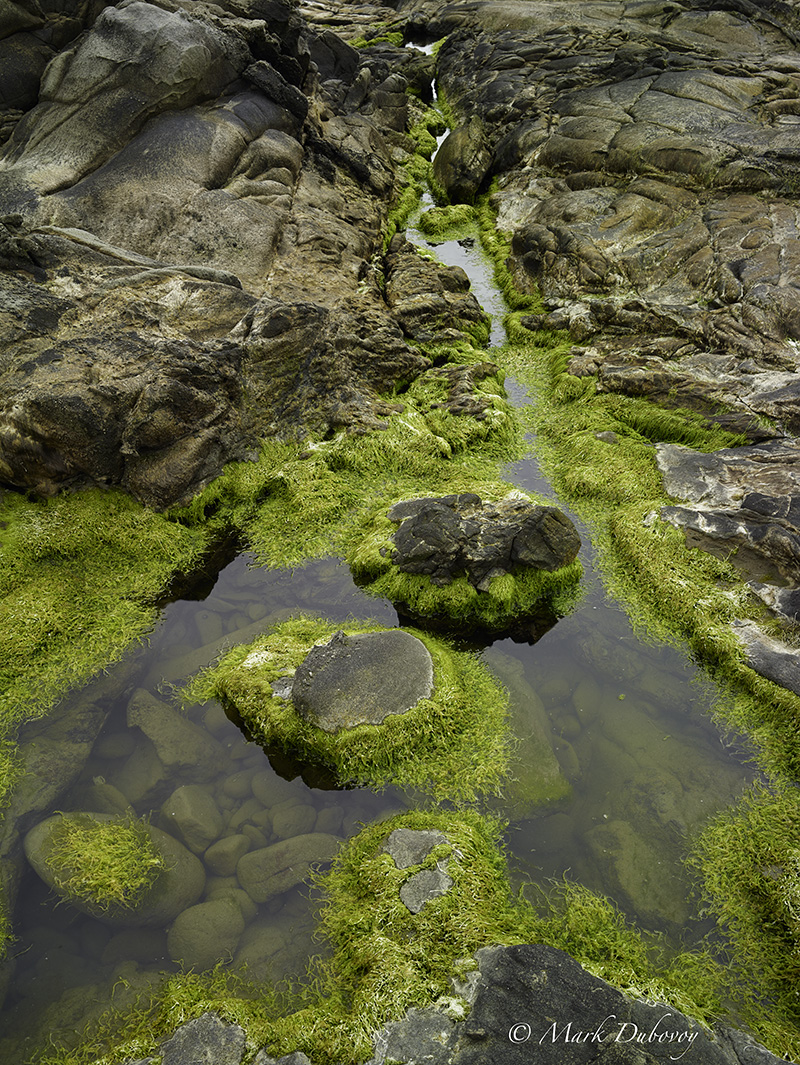
Tide Pools #2
ALPA FPS with Rodenstock 50 mm HR Digaron and PhaseOne IQ 180 back
The Bottom Line
Whenever I pick up the ALPA FPS I am at first surprised by its weight. Somehow it feels heavier than it looks. The weight is necessary due to the quality of construction and also to help eliminate vibration from the shutter. There is no free lunch.
Other than that, there are no surprises and no issues with this camera. It is superbly designed and exquisitely built. As a system the FPS is without question the most capable, the most precise and the most versatile technical camera available today. When paired with a state of the art MF digital back and a good lens it produces the best image quality of any (commercially available) photographic device on the market.
I also like the fact that it is produced by a small company of very dedicated people that are not beholden to a large corporation. As such, they can be nimble and creative.
For example, I have been playing with a beta version of new firmware that will be released shortly. The new firmware allows the photographer to shoot multiple exposures on a single frame, program the timing of the multiple exposures, do multiple flash pops in the studio and a host of other extremely useful features that no other digital camera offers.
While in most cases the firmware updates from large companies concentrate on fixing bugs and minor improvements at best, ALPA continues to listen to photographers and the firmware upgrades include functionality that has been completely absent from digital cameras as well as new innovative useful functions that make life for photographers easier and much more interesting. Gotta love that!
The more I use the ALPA FPS the more I like it. At this point it feels like I could not bear the thought of ever parting with it. This is why my current prediction is that the ALPA FPS will become one of the all time classics and a camera that will endure the test of use and the test of time.
Mark Dubovoy
July, 2013
Read this story and all the best stories on The Luminous Landscape
The author has made this story available to Luminous Landscape members only. Upgrade to get instant access to this story and other benefits available only to members.
Why choose us?
Luminous-Landscape is a membership site. Our website contains over 5300 articles on almost every topic, camera, lens and printer you can imagine. Our membership model is simple, just $2 a month ($24.00 USD a year). This $24 gains you access to a wealth of information including all our past and future video tutorials on such topics as Lightroom, Capture One, Printing, file management and dozens of interviews and travel videos.
- New Articles every few days
- All original content found nowhere else on the web
- No Pop Up Google Sense ads – Our advertisers are photo related
- Download/stream video to any device
- NEW videos monthly
- Top well-known photographer contributors
- Posts from industry leaders
- Speciality Photography Workshops
- Mobile device scalable
- Exclusive video interviews
- Special vendor offers for members
- Hands On Product reviews
- FREE – User Forum. One of the most read user forums on the internet
- Access to our community Buy and Sell pages; for members only.





